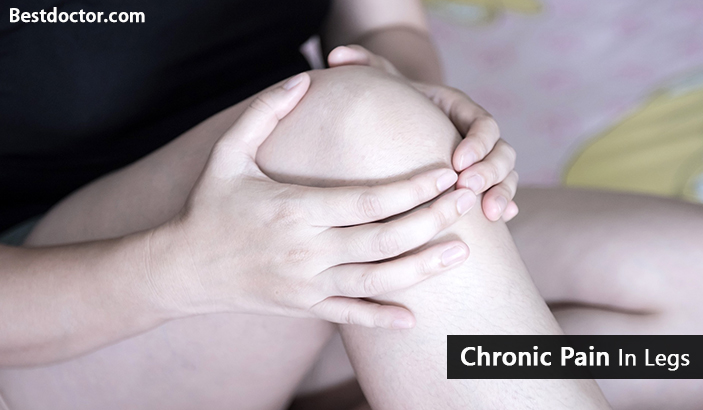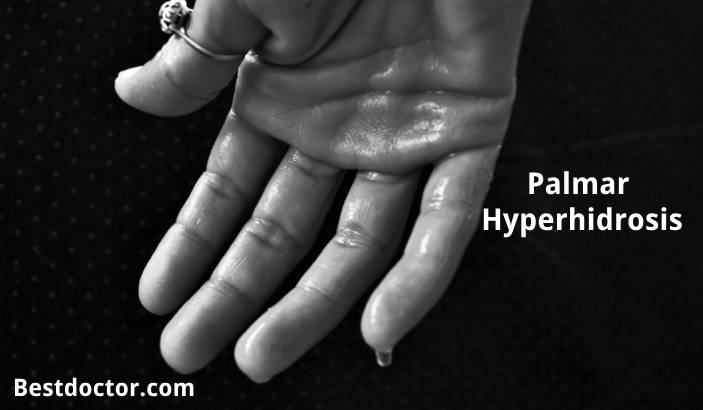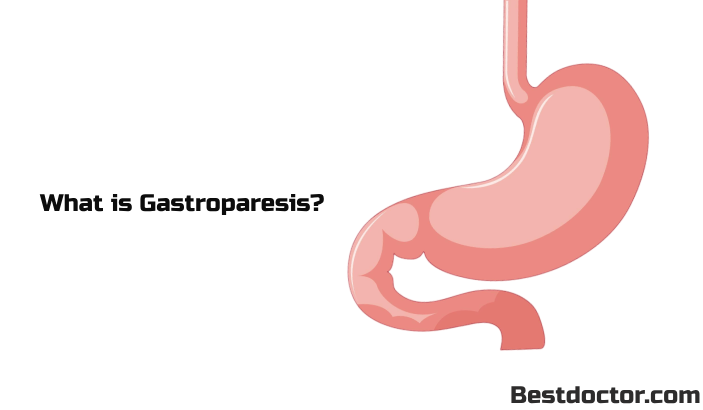Leg pain refers to any feeling of pain or discomfort in an area of the leg or the entire leg between your groin and ankle. Leg pain is a common symptom that occurs after an accident or trauma but can also signify various diseases. It is a common cause of disability that affects men and women, be it young or old. The pain can either start suddenly or slowly and can be mild or severe. Leg pain can occur as a sharp or dull pain, you can have a tingling, burning, aching, numbness, pins and needles sensation, or weakness.
Causes Of Chronic Pain In Legs
Leg pain can be acute or chronic. Acute leg pain refers to a short-term pain that persists for a few days to a few weeks and goes away on its own with self-care.
Chronic pain in legs persists for over 3 months or longer, even after the treatment of initial injury or an underlying cause of pain and discomfort. Sometimes chronic leg pain can last for years and can become difficult to treat.
There are several causes of chronic leg pain. It may be associated with conditions or disorders related to muscles, tendons, or ligaments. Leg pain can occur because of joint pain in knees and ankles or can even be the consequence of an underlying condition like diabetes.
Chronic pain in legs can also result from an injury that has not healed properly or can be a sign of;
1. Bone Bruise
Bone bruise is a bone injury that is less severe compared to a bone fracture. If you do not rest properly, healing of a deep bruise takes a long time.
[Also Read: Torn ACL in knee]
2. Osteoarthritis
Osteoarthrits is a common type of arthritis that affects the bones and cartilage of your joints, causing pain and joint stiffness.
3. Ligament Damage
A ligament tear in one of the four ligaments in the knee that causes chronic knee pain and instability.
4. Tendon Injury
Inflammation of the tendon in your knee because of overuse or injury that causes pain and stiffness in your joints.
5. Herniated Disc
Herniated disc also called a ruptured disc, is the common cause of leg pain. Herniated disc causes rupture of the tissue that separates the vertebral bones that comprise the spinal column.
6. Sciatica
Sciatica is a condition wherein the irritation of the sciatic nerve causes pain that radiates from the lower back down to the leg. It can cause chronic pain in legs and knees.
7. Deep Vein Thrombosis
Deep vein thrombosis refers to a blood clot in your leg that can be painful.
8. Peripheral Arterial Disease
Peripheral arterial disease is a condition that causes narrowing of arteries, reducing the blood flow to the legs. This can cause chronic pain in legs at night.
Treatment For Chronic Pain In Legs
There are many options available to treat chronic pain in legs. They include;
1. Medication
This is the first line of treatment. There are several medications that range from over-the-counter pain relievers, like aspirin and acetaminophen, to anti-inflammatory drugs.
2. Physiotherapy
Physiotherapy allows you to make normal movements with less pain by attempting to build or recondition your muscles. Physiotherapy may involve;
- Passive physical therapies that include massage therapy and applying heat/cold compress.
- Active physical treatment such as exercise.
3. Psychological Therapy
Chronic pain is very stressful and psychological therapy may help you with relaxation techniques to cope with pain and self-monitoring skills.
4. Corrective Surgery
If MRI or CT scans reveal issues that can be corrected by surgery, surgical treatment may be recommended.
5. Therapeutic Nerve Blocks
Threapeutic nerve blocks are medications injected close to the nerves and are more effective than oral medications and provide temporary pain relief by disrupting pain signals to the brain. These medications include local anesthetics or steroid injections.
6. Medical Devices
Devices such as neurostimulators or drug pumps are placed surgically to change the pain signals that travel to the brain.
These treatment options hold good for chronic pain in legs and hips.
When To See A Doctor For Chronic Pain In Legs?
You must see a doctor if;
- Both legs are swollen
- You have varicose veins causing discomfort
- You experience pain while walking
- Your leg pain gets worse or persists over a few days
You must Consult your doctor immediately if you experience any of the following symptoms;
- Fever
- A deep cut on your leg
- Legs that appear red and feel warm to the touch
- Legs that appear pale and feel cold to the touch
- Shortness of breath and swelling in both legs
- Difficulty walking or placing any weight on your legs
- A leg injury accompanied by a pop or grinding noise
You must never ignore leg pain that does not go away and must consult the doctor if accompanied by other symptoms.
Prevention Tips For Chronic Pain In Legs
A few preventive tips for chronic leg pain include;
- Chronic leg pain associated with exercise can be prevented by stretching your muscles before and after exercising.
- Consider including potassium-rich foods such as bananas and chicken to prevent injuries of muscles and tendons in the legs.
- Medical conditions causing nerve damage in the legs can be prevented by;
- Exercising for 30 minutes each day for five days per week
- Maintaining a healthy weight
- Quitting smoking
- Monitoring and controlling your cholesterol levels and blood pressure
- Limiting alcohol consumption
There are many causes for chronic leg pain, be sure to get it evaluated by your doctor for sooner recovery.
Vasavi Attada specializes in creating content for Medical/healthcare domain. She has written articles for Indian Health Organization (IHO), American Diabetes Association, and for magazines such as India Today and Dignity Dialogue.
Vasavi Attada holds a Master’s degree in Microbiology from Bangalore University.








Enhancing Your Career Opportunities with Improved Vision from LASIK Surgery in Manhattan
What Does Cloudy Urine Mean in Females and Males?
Palmar Hyperhidrosis: Understanding Causes, Symptoms, and Treatment
16 Warning Signs You Need to Go See Your Doctor As Early As Possible